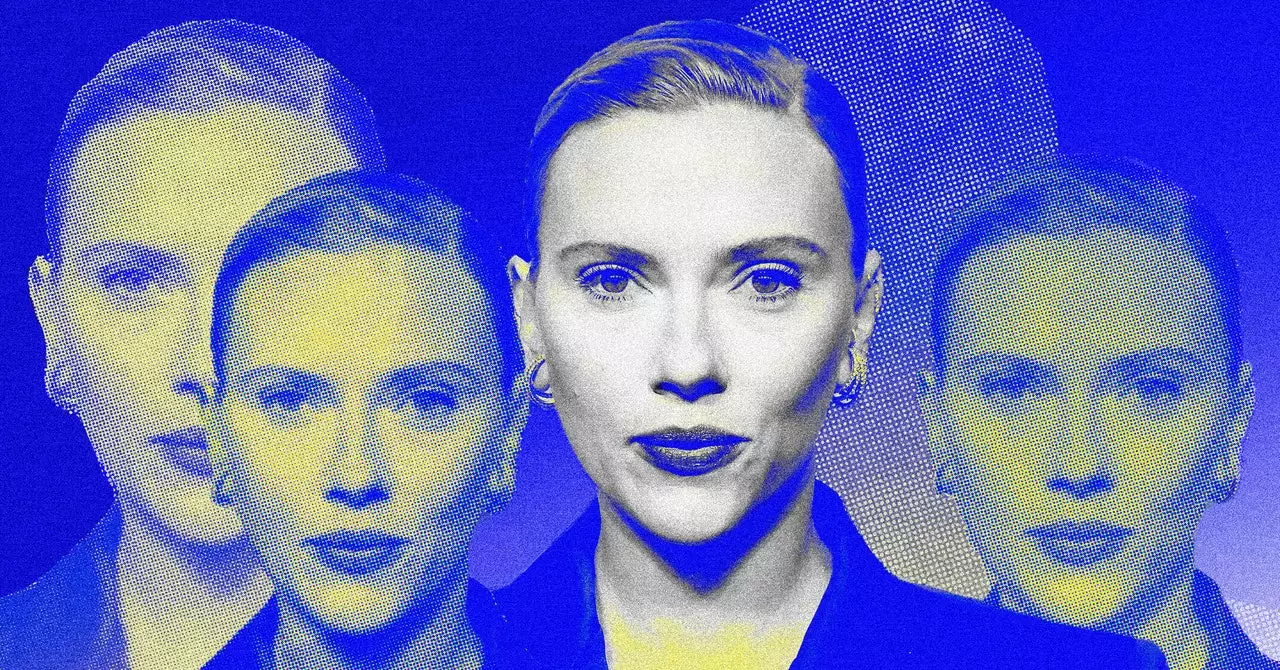The issue of voice imitation in AI technology has sparked a debate among legal experts regarding the boundaries of intellectual property rights. According to Rothman, the key factor to consider is whether the imitation audio confuses listeners, regardless of whether the actual voice of the person is used. In the legal realm, imitating someone’s voice versus recording something “in the style” of that person can lead to different legal implications. It is argued that no one owns a particular style, raising questions about the extent of protection in such cases. Various legal experts have differing views on the situation with OpenAI and Scarlett Johansson. Colorado law professor Harry Surden believes that any potential right of publicity claim from Johansson against OpenAI may be weak due to the superficial similarity between “Sky” actress’ voice and Johansson, based on relevant case law. Similarly, Frye raises doubts about the clarity of the situation, emphasizing that OpenAI presented a simulation rather than claiming to offer the real Scarlett Johansson.
Complexity of Right of Publicity Laws
The legal landscape surrounding right of publicity is described as esoteric by Frye, highlighting the absence of federal laws in the United States and the state-by-state approach. This patchwork of statutes adds a layer of complexity to cases involving intellectual property rights and public personas. Despite the absence of federal legislation, California is noted for having robust right-of-publicity laws, positioning it as a potential jurisdiction for legal action in such cases. The unpredictability of juries in interpreting these laws further complicates the situation, as highlighted by Surden.
The mention of Scarlett Johansson in conjunction with OpenAI’s product, even in a subtle reference like Sam Altman’s post containing the word “her,” has raised eyebrows among legal experts. The intentional connection between the AI technology and Johansson’s past roles invites scrutiny and raises questions about the company’s intentions. Grimmelmann at Cornell suggests that such references weaken OpenAI’s defense, hinting at a deliberate strategy to draw attention through controversial means. Moreover, Johansson’s disclosure that OpenAI approached her for voice contributions adds another layer of complexity to the situation, making it harder for some to believe that the resemblance between Sky and Samantha is purely coincidental. This series of events has been described as a “boneheaded move” and a “miscalculation” by legal experts like David Herlihy, further tarnishing OpenAI’s position in the debate.
The possibility of OpenAI’s actions being a deliberate publicity stunt is an intriguing angle raised by some legal professionals. The notion that the company may have intentionally pursued a sound-alike strategy after Johansson’s refusal, with the expectation of generating controversy and subsequent attention, raises questions about the motivations behind the decision. Purvi Patel Albers, a partner at a prominent law firm, suggests that the entire scandal could be a calculated move to garner publicity. This speculation adds an element of uncertainty to the situation, blurring the lines between legal implications and strategic maneuvers in the realm of AI technology.
The legal gray area surrounding voice imitation in AI technology presents a complex and nuanced landscape for both companies like OpenAI and public figures like Scarlett Johansson. The interplay between right of publicity laws, intellectual property rights, and strategic considerations underscores the need for careful navigation in this evolving domain. As technology continues to advance, the intersection of AI and legal frameworks will require ongoing scrutiny and adaptability to address emerging challenges and ambiguities.


Leave a Reply